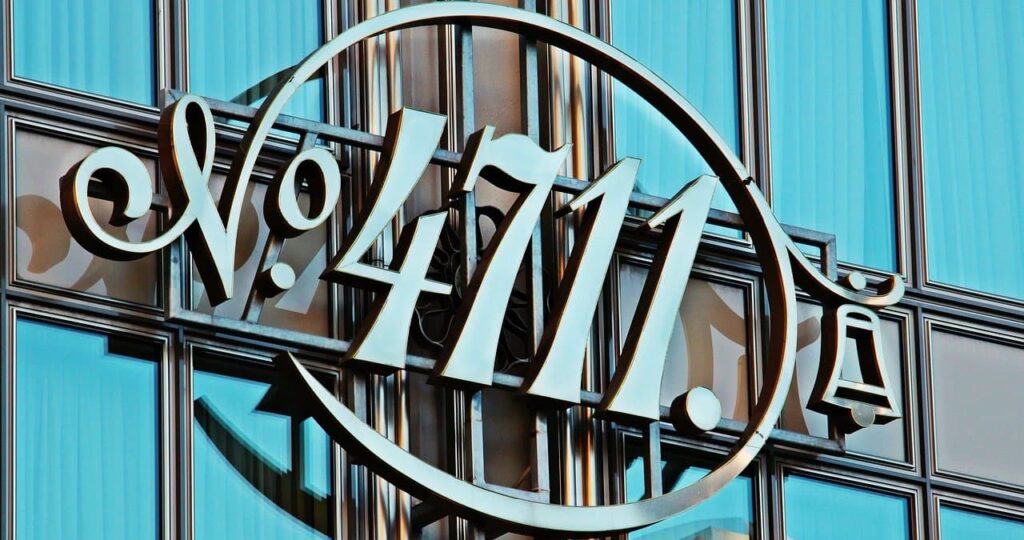
The discipline of the organization administration was creating, progressively, models of administration concerning to solve the inconveniences that were presenting with respect to the current structures.
Frederick taylor He was one of the most important theorists of the organization, and he observed that with the linear criteria of management of the organizations (pyramidal structure with a response only to the superior), the maximum efficiency was not reached, because specialization was not promoted.
In contrast, he proposed a type of functional organization characterized by introducing specialists in the middle levels of the hierarchical structure. For instance: Sheraton Hotels, Apple, French Bank BBVA.
Functional Organization
The functional organization It is characterized by bringing together the most qualified people to fulfill a function within the same department. It could be considered that the functional organization is the analogy of the principle of the division of labor but within the organization, since the responsibilities are no longer concentrated in a single person who must be knowledgeable and capable of everything that the company does, but in a series of managers who share authority and responsibility.
Like the linear organization, the functional organization pretends to have highly oiled the communication mechanisms within the company, eliminating the number of intermediaries as much as possible. However, it is evident that the organization in departments with structures within them leaves open the possibility that objectives and priorities meet, and between departments there are not the same criteria about what the organization should do.
Some consider that there must be a intermediate organism that he is permanently managing the relations between the departments, and following the activity of each one, to avoid the emergence of problems of this type.
Advantages and disadvantages of functional organizations
Between the advantage Evident of the organization of functional type can be seen, mainly, the overcoming of the linear form of organizing the companies that seemed to be exhausted when Taylor observed the operation. Organizations were able to specialize more, and thus obtain the highest efficiency from employees. The division of labor began to be planned and not accidental, and manual labor was separated from intellectual labor.
Regarding the disadvantagesIt is true that within the company it became more difficult to locate and establish responsibility, which affects the discipline and morale of the workers, who sometimes consider that there are contradictions in the orders. The principle of unity of command, typical of the structure that seemed finished, nevertheless has some advantages in terms of organizational responsibility, and its absence can motivate some kind of conflict in some cases.
The type organization mode functional it is highly recommended for large companies, and there is no multinational organization that does not apply it. However, also the medium and small ones choose to use it. Here are some examples of such organizations:
Examples of functional organizations
- Sheraton Hotels
- Government of democratic countries (with ministerial structures, capable of making their own decisions)
- CNN television network
- Hewlett-Packard
- Disney theme park
- Manzana
- Local radio channels
- French Bank BBVA
- Wal-Mart Supermarkets
- Construction companies
- Marriott hotels
- Hilton Hotels
- Real estate companies
- Microsfot Corporation
- Most cooperative enterprises
- Multinational fast food companies
- JP Morgan Bank
- Automotive Fiat
- Automotive Chevrolet
- Bank of China ICBC
